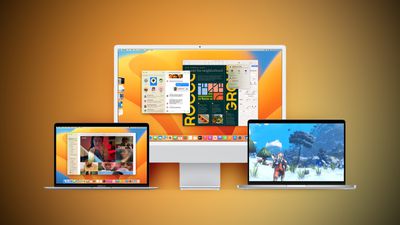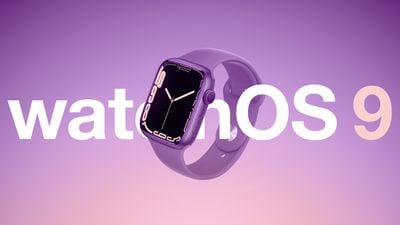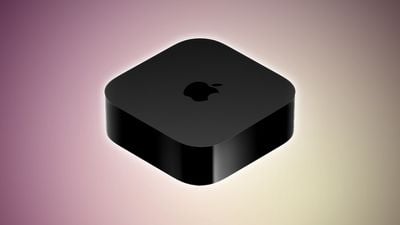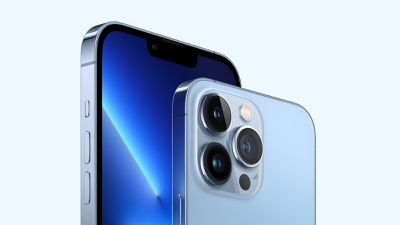Apple today released a new update for Safari Technology Preview, the experimental browser Apple first introduced in March 2016. Apple designed the Safari Technology Preview to test features that may be introduced into future release versions of Safari.
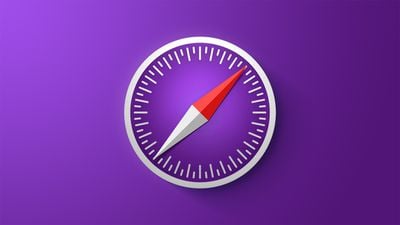
Safari Technology Preview 173 adds functionality that is included in Safari 17, coming with macOS Sonoma. There are Feature Flags that replace the Experimental Features section of the Develop menu, and the Develop menu itself has been revamped. Responsive Design Mode has been updated to focus on the responsiveness of a page's design at any height or width.
Available features on macOS Sonoma include Profiles for separating browsing data like History and Favorites, web apps, and improved private browsing mode. Features for all operating systems include Live Text support for vertical text recognition in images and videos, HEIC support, and JPEG XL, a new image format with an improved compression algorithm for better image quality at smaller file sizes than JPEG.
The browser also includes updates for Web Inspector, CSS, Media Queries, Rendering, Editing, JavaScript, Popover, Images, Media, Web API, and SVG.
The current Safari Technology Preview release is compatible with machines running macOS Monterey 12.3 or later, macOS Ventura, and macOS Sonoma, the latest version of macOS that Apple is beta testing right now.
The Safari Technology Preview update is available through the Software Update mechanism in System Preferences or System Settings to anyone who has downloaded the browser. Full release notes for the update are available on the Safari Technology Preview website.
Apple's aim with Safari Technology Preview is to gather feedback from developers and users on its browser development process. Safari Technology Preview can run side-by-side with the existing Safari browser and while designed for developers, it does not require a developer account to download.


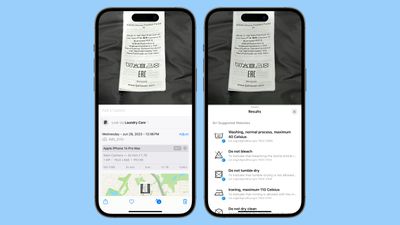
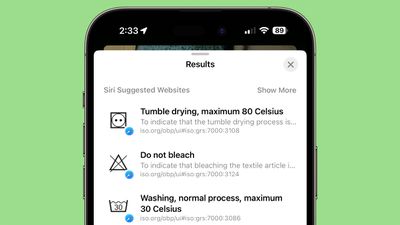
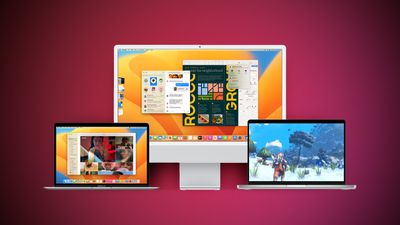
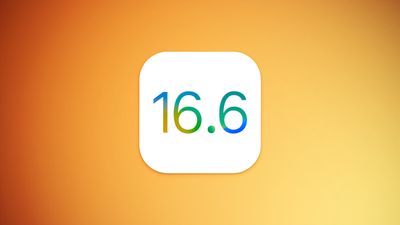
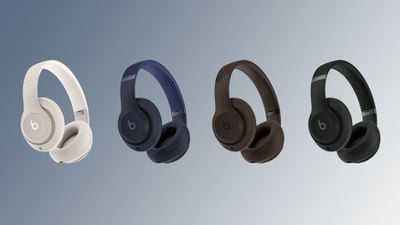
 Note: MacRumors is an affiliate partner with Amazon. When you click a link and make a purchase, we may receive a small payment, which helps us keep the site running.
Note: MacRumors is an affiliate partner with Amazon. When you click a link and make a purchase, we may receive a small payment, which helps us keep the site running.
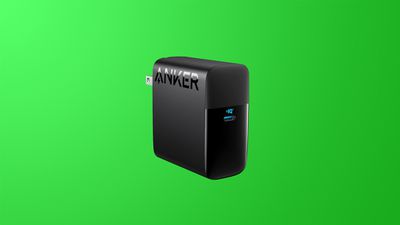


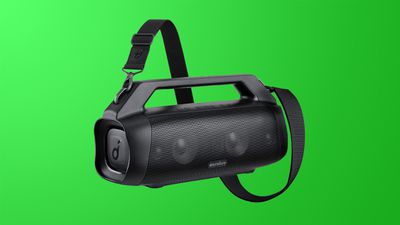


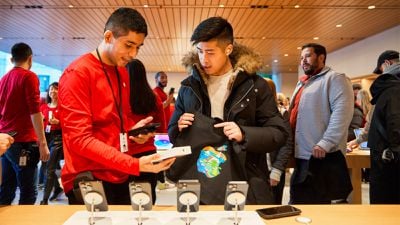
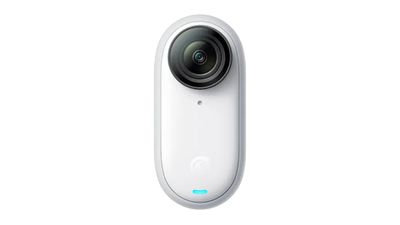


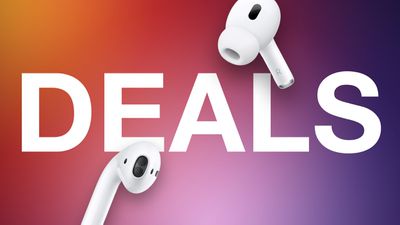 Note: MacRumors is an affiliate partner with Verizon and Amazon. When you click a link and make a purchase, we may receive a small payment, which helps us keep the site running.
Note: MacRumors is an affiliate partner with Verizon and Amazon. When you click a link and make a purchase, we may receive a small payment, which helps us keep the site running.